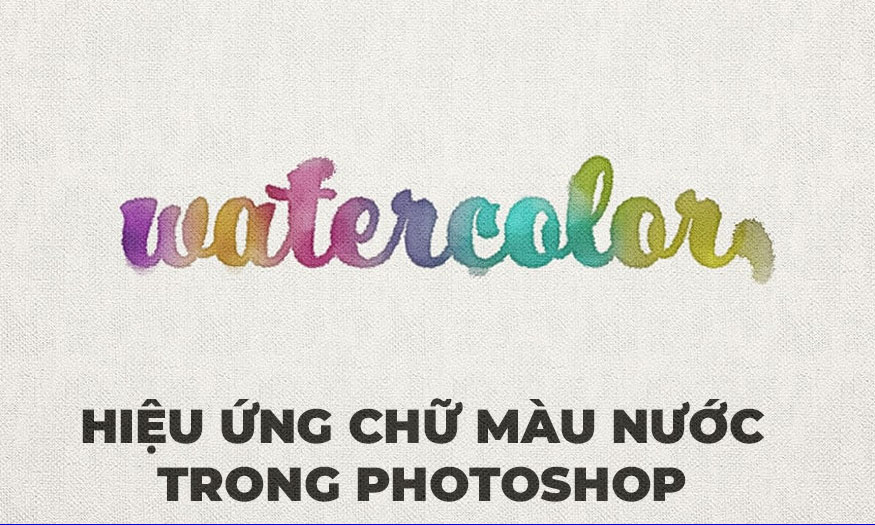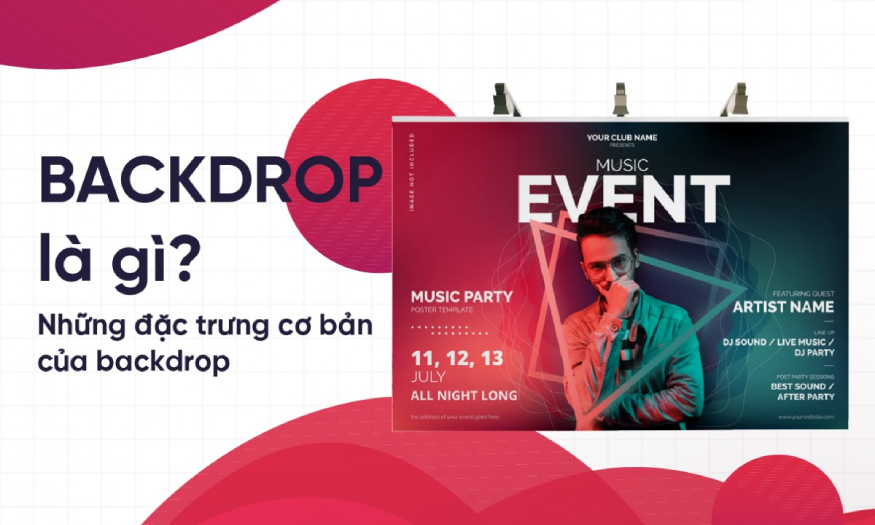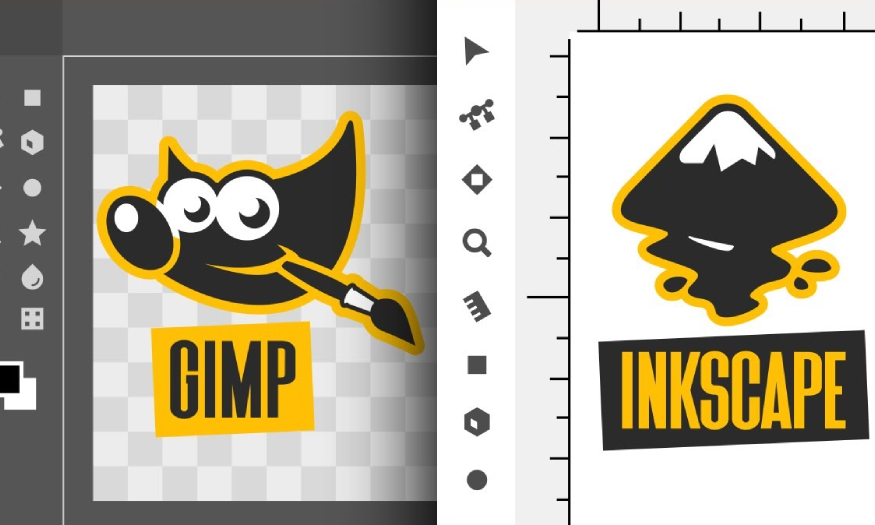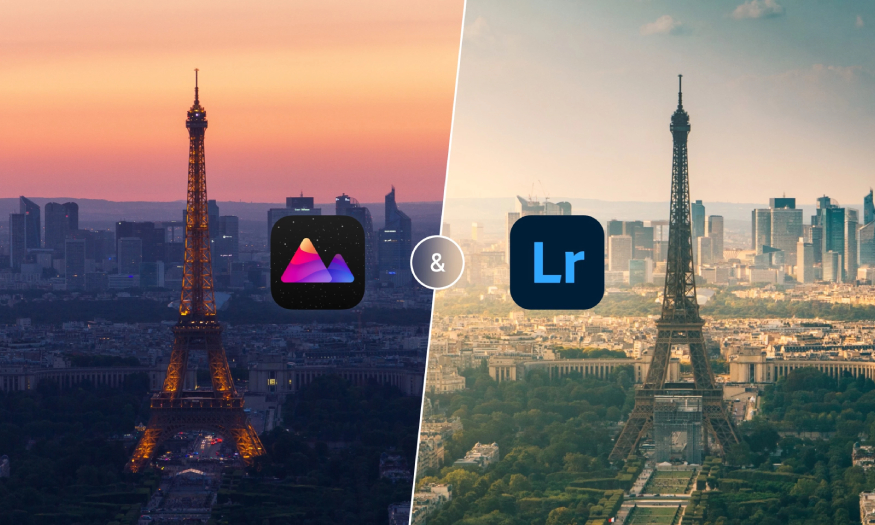Best Selling Products
Compare Digital Design and Graphic Design
Nội dung
Digital Design and Graphic Design are the two most popular design fields in the digital age today. Understanding the differences between these two fields not only helps learners and designers choose the right career path but also
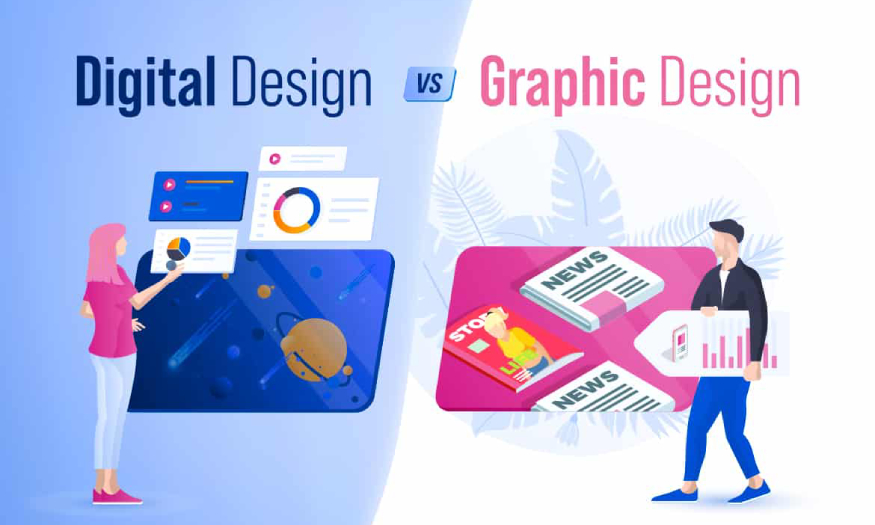
1. Overview of Digital Design and Graphic Design
Digital Design and Graphic Design are two necessary fields in the creative industry, each with its characteristics and applications. Here is an overview of each of these design fields:
1.1. About Digital Design
Digital Design encompasses all areas that aim to create attractive and effective digital products. The products of this design industry are to serve the needs of consumers in many digital applications, supported by technology and the Internet. Specifically as follows:
1.1.1. What is Digital Design?
Digital Design is a term used to refer to design fields that create and develop visual products for digital platforms. It includes all design elements needed for screen interfaces, websites and mobile applications, games, still and moving graphics, etc.
.jpg)
Digital Design focuses not only on form and aesthetics but also on user experience (UX) and usability. Digital Design products are considered for integration into many applications, selected according to factors such as accessibility, page loading speed and optimization for different devices.
1.1.2. What does Digital Design include?
Digital Design encompasses many different sub-fields, each with its own characteristics and skill requirements. Here are some of the main areas of Digital Design:
User Interface (UI) Design: Creating interfaces for applications and websites, ensuring aesthetics and ease of use. UI design focuses not only on creating beautiful interfaces but also on ensuring that users can interact in a coherent and intuitive way.
User Experience (UX) Design: Research and develop design solutions to enhance user experience through analysis of user behavior and needs. UX design includes creating user studies, journey maps, usability testing, etc. to ensure that the product meets consumer expectations.
Web design: Creating the layout and content for web pages, including images, text, and interactive elements. Web design needs to take into account compatibility with different browsers and devices, and adhere to SEO (search engine optimization) standards to improve online visibility.
Mobile App Design: Focuses on developing interfaces and experiences for applications on smartphones and tablets. Mobile app design requires a flexible and creative approach to accommodate screen sizes and user actions.
Motion Graphics Design: Creating moving visual elements for videos, advertisements and digital media products. Motion graphics design is not just about creating animations but also conveying a clear and compelling message according to the requirements of each project.
Game Design: Developing visual elements, characters, and environments for video games. Game design requires a close combination of art and engineering to create an enjoyable and engaging experience for players.
Online advertising design: The job is to create banners, images and content for advertising campaigns on the Internet. Online advertising design needs to attract attention, appear in front of many viewers, and at the same time convey the message effectively.
.jpg)
1.2. Graphic Design
Graphic Design is a tool to create products that attract attention, are memorable and convey messages from users. Graphic designers need to use many professional software and tools to design, create, and serve their work.
1.2.1. What is Graphic Design?
Graphic Design is a term used to describe the field of design that focuses on creating visual images and content to communicate messages. It is the combination of images, text, color, and layout to create effective communication products.
.jpg)
Graphic Design products include: logos, packaging, posters, brochures, advertisements, etc. To create Graphic Design products, users need to use applications and software such as Adobe Photoshop, Illustrator, InDesign, etc. to edit the size, color, effects, etc. to meet the needs and requirements of the job.
1.2.2. Classification of Graphic Design
Graphic Design can be classified into many different sub-fields with their own purposes and applications, requiring designers to have separate skills and working operations.
.jpg)
Specifically:
Brand Identity Design: Create brand image through logo, color, font,... Design will help businesses and brands build their own identity and value, effectively reminding consumers.
Packaging Design: Focuses on designing the product's packaging, bottles, etc. Packaging not only protects the product but is also an important factor in attracting customers' attention, conveying brand messages and increasing business revenue.
Advertising Design: Creating advertisements for products and services in both traditional print and online advertising. Advertising design often requires creativity to attract attention and encourage action from consumers.
Print Design: Includes the design of documents such as brochures, flyers, books, magazines, etc. When designing, it is necessary to pay attention to many factors such as Materials, printing techniques, layout, colors, etc.
Interactive Graphic Design: Related to the design of interactive technical products such as websites, mobile applications, computer software/applications and motion graphics. This design needs to focus on user experience, interface and interactivity when using the product.
Infographic Design: Creating visual images to convey information and data in an easy-to-understand way, often seen in reports, articles and presentations.
Mockup Design: Used to present design ideas in a realistic context. The design product helps customers easily visualize the product received and can be integrated with other design forms to increase project efficiency.
2. Compare Digital Design and Graphic Design
Digital Design and Graphic Design are both design fields that contribute to many areas of life, helping to create visually appealing and effective products. Graphic design and digital design have many similarities and detailed differences as follows:
2.1. Similarities
.jpg)
Both Digital Design and Graphic Design aim to convey a specific message to the viewer through visual and design elements.
Both fields require creativity and design thinking to create attractive and effective products.
Designers in both fields need skills in color, composition, and typography to create beautiful and engaging products.
2.2. Difference between Digital Design and Graphic Design
Below is a comparison table to help you understand the difference between Digital Design and Graphic Design:
Criteria
Digital Design
Graphic Design
Define
Design for digital platforms
Design for print and media products
Purpose
Create interactive user experiences
Conveying messages through static images
Tools used
Use Photoshop, Illustrator combined with specialized software to design UI/UX, web applications,...
Using traditional graphics software such as Photoshop, Illustrator,...
Interactive Elements
The design includes interaction and user experience elements
Designs often lack interactive elements.
Foundation
Web, mobile apps, games, interactive products
Printed materials, advertising, packaging, logos
Working process
Mainly involves testing and feedback from users
Often an independent creative process
Required Skills
Skills in UX/UI, user behavior analysis
Skills in color, layout, typography
3. Are Digital Design and Graphic Design completely separate?
You may have distinguished Digital Painting and Graphic Design through the characteristics mentioned above. However, it should be noted that these two fields are not completely separate, they overlap and complement each other. Both fields use basic design principles such as Color, typography, layout and images to convey messages.
.jpg)
Many designers today work in both fields because Graphic Design skills can support work in Digital Design. Graphic design has moved to a digital platform thanks to the development of design tools such as Adobe XD, Figma and Sketch, which allow designers to create graphic products for the digital environment. Conversely, graphic design elements are also often applied in digital design to create attractive and easy-to-use interfaces.
Despite their distinct characteristics and goals, Digital Design and Graphic Design are closely related. The rapid development of technology has made it necessary for designers to be flexible in applying their skills in both fields, optimizing their creative process and creating products that meet the needs of the market.









































